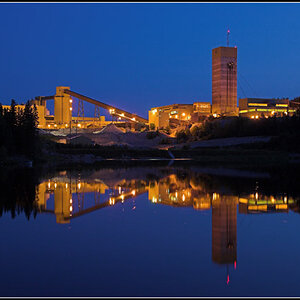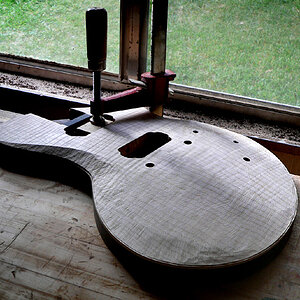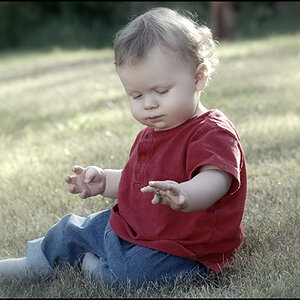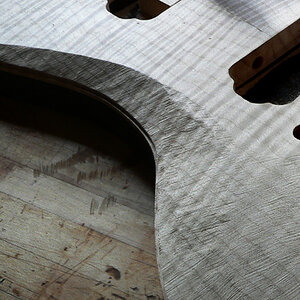domu221
TPF Noob!
- Joined
- Dec 16, 2011
- Messages
- 96
- Reaction score
- 1
- Location
- Boston, MA
- Can others edit my Photos
- Photos NOT OK to edit
Yes, i really love your advice... but its still bothering me that consumer-grade cameras have ugly sensors that's why it isn't worth anything to buy a consumer dslr.My advice is do not think too much.


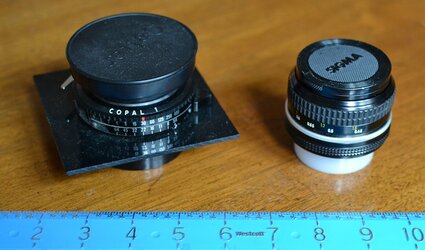

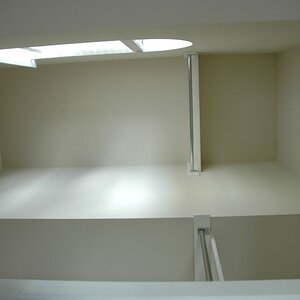
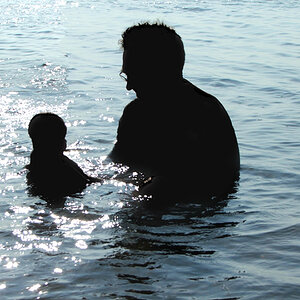

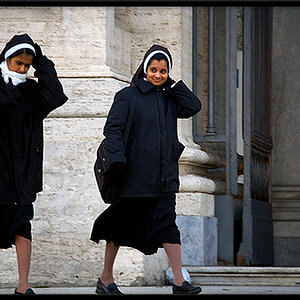
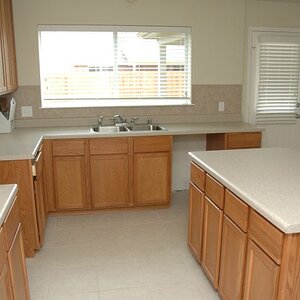
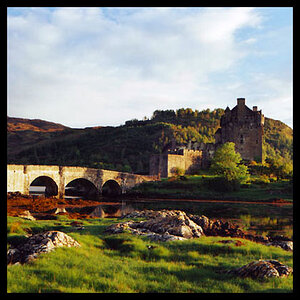
![[No title]](/data/xfmg/thumbnail/36/36393-86ce601930c671b92b6df002b7fcbd0b.jpg?1619737548)
